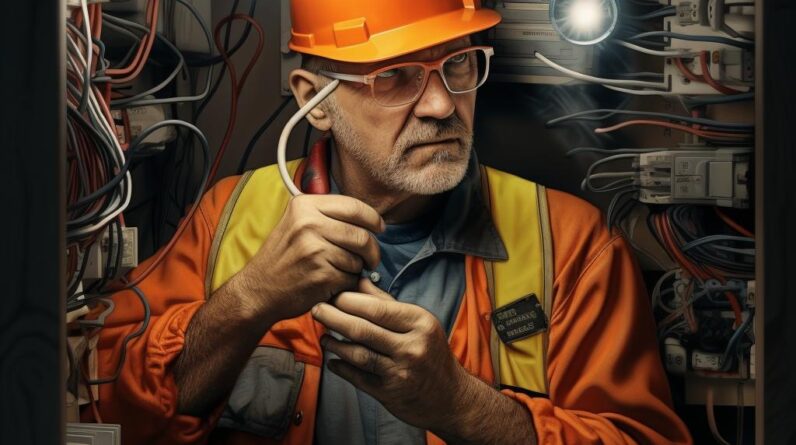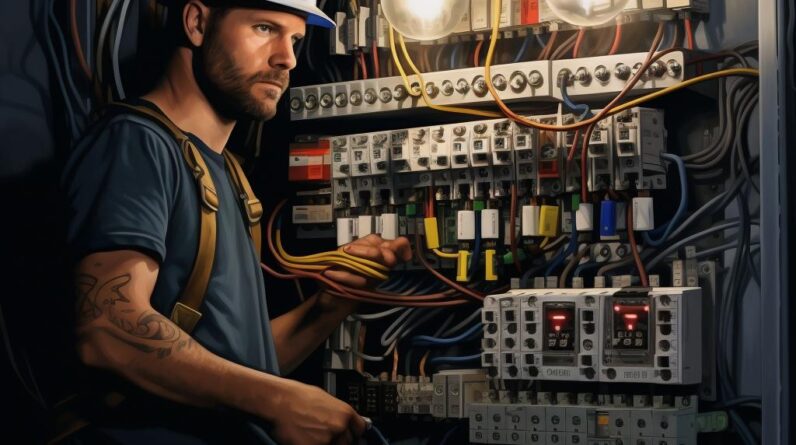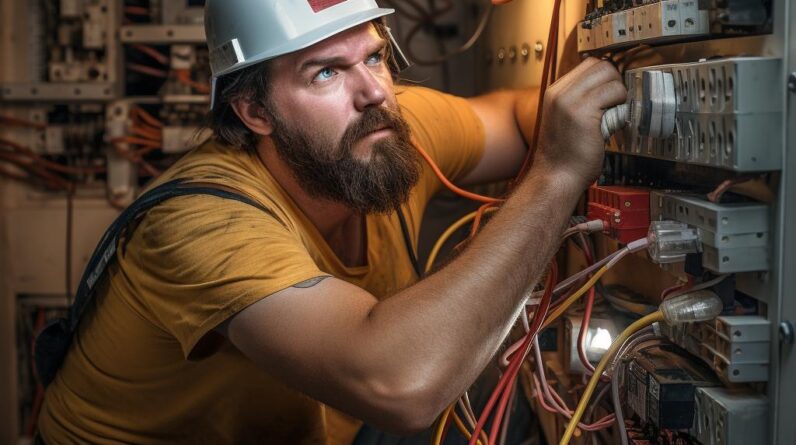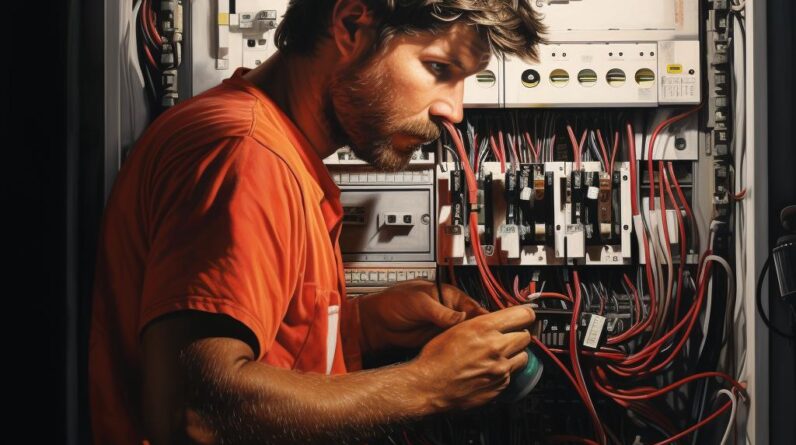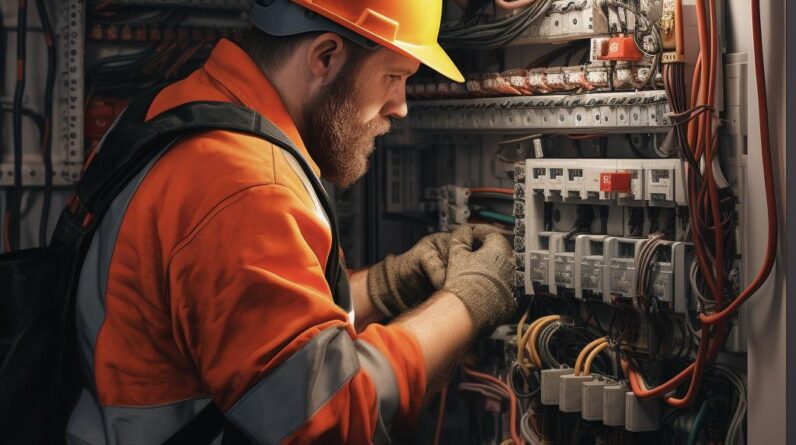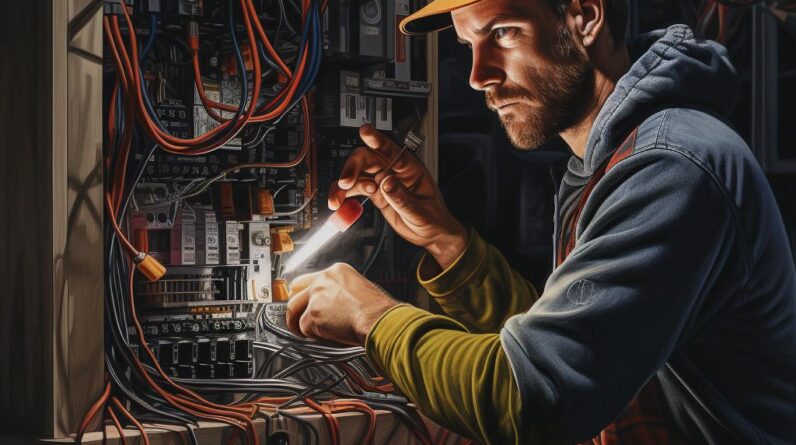
Residents of Torrance, CA who own or are considering purchasing an electric vehicle may be wondering what steps are involved in installing a home charging station. Installing a home EV charger provides the convenience of charging right at your house and can fully charge an EV overnight where public chargers may take longer.
Introduction
Electric vehicles (EVs) are becoming increasingly popular in California, especially in areas like Torrance where sustainability and reducing your carbon footprint are priorities for many residents. As more people make the switch to EVs, installing a home charging station is an important consideration for many. The process involves understanding your home’s electrical system, choosing the right charging equipment, hiring an electrician and getting the proper permits. We’ll walk through the key steps to take when installing an EV charger at your Torrance home.
Key Takeaways
- Assess your home’s electrical panel and capacity to handle added load from an EV charger
- Determine the appropriate charging level (Level 1, Level 2 or DC fast charging) based on your needs
- Select the make and model of a UL certified charging station and double check rebates
- Hire a licensed electrician to install a dedicated circuit and outlet
- Acquire any necessary permits from the city
Determine Electrical Capacity and Needs
The first step is to assess your home’s electrical system and service panel to understand if you have sufficient capacity to support an EV charger’s electrical demand. A Level 2 charger, the most commonly installed home charger type, requires 208/240 volt power and can draw up to 19.2kW of power. This will require a dedicated 40-50 amp circuit. Meet with an electrician to inspect your panel and determine if your home’s wiring can handle the additional load. They may recommend upgrading to a 200 amp panel if your home has a 100 amp service.
Choose the Charging Station Model
There are many Level 2 EV charging station models to choose from made by companies like ChargePoint, ClipperCreek, Siemens, Bosch and others. Prices range from $400-$800 plus installation costs. Choose a UL certified model that aligns with your budget and charging needs. Hardwired stations tend to be more durable than plug-in models. Also check that the station is compatible with the charging port on your EV model.
Hire a Licensed Electrician
Once you’ve selected a charging station, hire a licensed electrician to install a new 40-50 amp circuit from your home’s service panel with a NEMA 6-50 outlet or J1772 socket. This dedicated circuit will provide 240 volt power to your EV charger. The electrician will determine the best location for your new outlet, taking into account cord length. garages, only an authorized electrician should install your EV charging equipment.
Acquire Permits
Contact your local permitting office, such as Torrance’s Building and Safety Division, to inquire about acquiring an electrical permit for your new EV charging circuit. The electrician can also handle this permitting process for you. The city will inspect the finished installation for safety.
Consider Rebates and Tax Credits
California and some utility companies offer rebates for installing a home EV charger to offset the costs. Research current rebates by Southern California Edison which could be over $500. You can also claim a federal tax credit on your charging equipment. Factor these incentives into the cost analysis when budgeting for an EV charging station.
Ensure Safe and Proper Use
Follow the manufacturer’s instructions for safe operation of your charging station. Place it in a well-ventilated area and attach the connector cable securely when not in use. Have the electrician show you how to properly turn off power to the EV charger. As with any major electrical appliances, educate everyone in your household how to use the equipment safely.
Installing an EV charging station requires careful planning, preparation and electrical expertise. But with the right steps, Torrance homeowners can have the convenience of charging their EVs at home. Consult local professionals to ensure your home can support the electrical requirements and that all safety precautions are followed.

